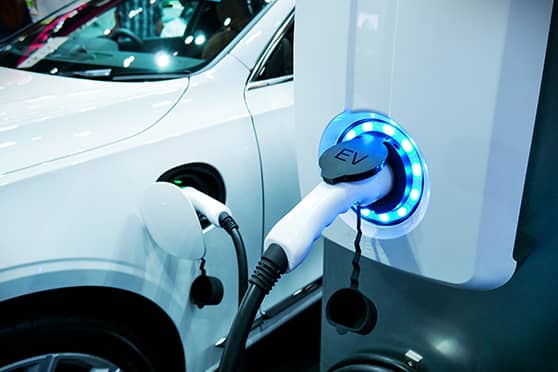BIT Sindri hosts webinar on Hybrid Electric Vehicles and their feasibility in future


Birsa Institute of Technology (BIT) Sindri’s training and placement cell arranged a live webinar on “Hybrid Electric Vehicles” to introduce students to the prospects of electric vehicles in India in the foreseeable future, and the role electrification would play in its feasibility.
Toyota Learning and Development-India Division was the resource agency for the online event, held on December 15. The webinar was open to students from all years and had a presence of nearly 200 members.
The webinar began with an analogy on human evolution vis-a-vis the automobile industry. An illustration cited specifics like inquisitiveness in prehistoric times leading to the development of mathematical ability and predictive analysis skills of humans, leading to the industrial revolution, the automobile industry and so on.
The central discussion started with a short history of automobiles, with the dates of the various inventions being mentioned. Attendees were then filled in concisely about the role of the internal combustion engine (ICE) – a heat engine in which the combustion of a fuel occurs with an oxidizer (usually air) in a combustion chamber that is an integral part of the working fluid flow circuit – in the social and economic growth of individual nations in the past few decades.
This was followed by a short video showcasing the operational difference between an ICE and an Electric Vehicle (EV), stressing on the efficacy edge EVs have over their ICE administered counterparts. Further, the session explored categories of EVs – namely Battery-EVs, Fuel Cell-EVs and Hybrid-EVs – featuring their key components and setup, along with animated demonstrations of their working.
Owing to the market merit of hybrids, presentations on micro, mild and smart, strong-hybrids took a relatively deeper dive.
After a commentary on the definition, setup, types and series – parallel and series-parallel of powertrains and benefits of series-parallel powertrains – the session shifted its attention to the structure of an EV.
The battery genus was also studied, with an emphasis on the application, pros and cons of lead-acid, Li-ion and solid-state batteries.
Keynotes on electric motor and power control units were also briskly summed up. Finally, some useful data insights on the Indian electrification scenario was shared, weighing on terminologies like energy security, greenhouse emissions, pollution and so on.
“The session concluded with the introduction of CASE (Connected; Automation; Shared Mobility; Electrification ). A link was then pinned in the chatbox by clearing which the candidates would be eligible for an e-certificate,” said training and placement in-charge Ghanshyam Rai.